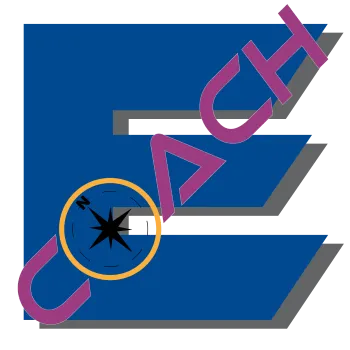Lower Back Pain
No More Aching Back
Back pain is a widespread issue that affects millions of people, and chances are, if you haven’t experienced it yet, you will in the future. Lower back pain (LBP) is one of the most common reason Americans visit their doctors and in 2023 alone it was the cause of 1.5 million surgeries in the U.S. It’s also the top cause of workplace disability for individuals under 45, costing upwards of $100 billion annually. What’s particularly disheartening is the fact that many of these cases are preventable.

Studies show that common treatments like surgery often fail to improve conditions and can sometimes worsen them. Prevention remains the best approach to managing back problems.
The Importance of Strengthening Your Back
A major contributor to LBP is weakened spinal-support. Strength training can help prevent and rehabilitate back pain by improving muscle strength, endurance, and overall spinal health. Strengthening exercises also increase muscle mass, bone density, and connective tissue thickness, reducing injury risks.

Here are six key guidelines for effective lower back strengthening:
- Understand Muscle Function: Focus on exercises targeting spinal flexion (abdominals), extension (erector spinae), rotation (obliques), and stabilization.
- Work Through Full Range of Motion (ROM): Weakness often occurs at full lumbar extension or flexion. Exercises should address the entire ROM to correct imbalances.
- Stabilize Hips: Isolate spinal movement from hip movement to properly engage the lower back muscles.
- Control Movements: Perform exercises slowly to avoid momentum and reduce injury risk.
- Progressive Overload: Gradually increase resistance or repetitions to stimulate strength gains.
- Allow Recovery: Train lower back muscles once per week for optimal recovery and results.
Pain Management Tips for Current Back Pain

If you’re already dealing with LBP, here are some evidence-based recommendations:
- If at all possible, limit bed rest to no more than two days.
- Use over-the-counter pain relievers or prescribed muscle relaxants as needed.
- Begin gentle walking as soon as possible.
- Maintain a healthy weight through diet and exercise.
- Regular massage and other self care practices can have tremendous value.
- Consider chiropractic care for acute pain, but avoid traction therapy as it has not been shown to be an effective treatment for LPB and could possibly make it worse.
- Always seek a second opinion before opting for surgery.
- Quit smoking, as it can worsen back pain.
Once your pain subsides and you receive medical clearance, start a strengthening program immediately to prevent recurrence.
Take Action Today
The statistics are clear—if you don’t take steps to strengthen your back now, you may find yourself in rehabilitation later. A consistent exercise routine focused on core strength can significantly reduce your risk of injury and improve recovery if LBP occurs. Start your prevention plan today!


